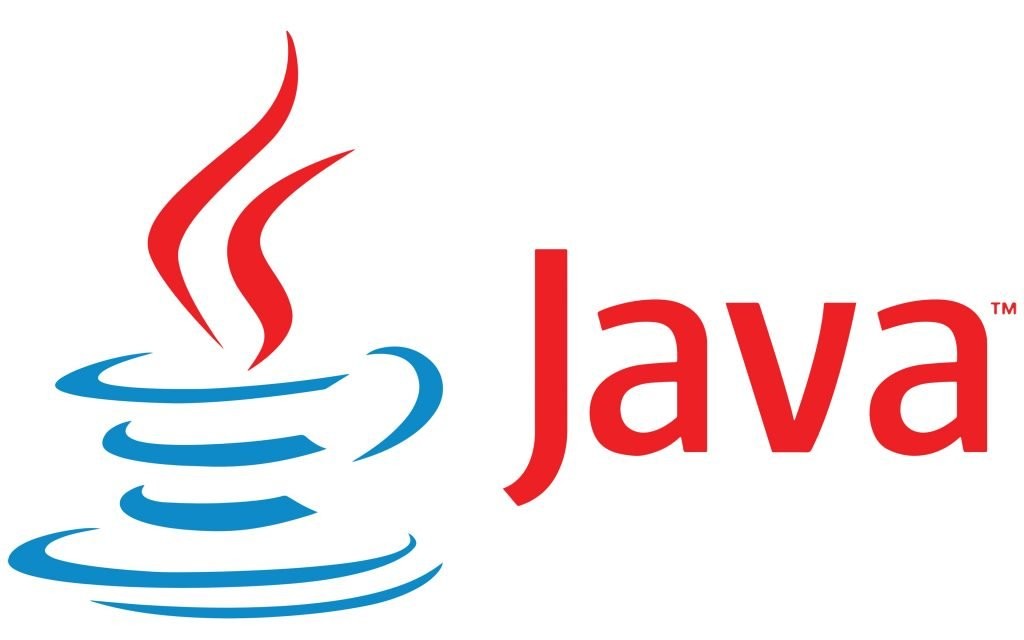Last Updated on September 9, 2024
Java Enums, introduced as part of Java 5 (Java 1.5) in 2004, represent a significant enhancement to the Java programming language. Enums, short for “enumerations,” provide a way to define a fixed set of constants.
However, Java Enums are, in essence, full-fledged classes with a host of features that make them a versatile and robust tool in a Java developer’s toolkit.
This essay will delve deep into the world of Java Enums, exploring their nature, how they differ from regular classes, their advantages and disadvantages, and provide ample code examples to illustrate their usage.
What are Java Enums?
At their core, Java Enums are a special type of class in Java. They are designed to represent a fixed set of constants, such as days of the week, card suits, or any other set of values that have a finite, predetermined set of possible values.
The basic syntax for defining an enum is as follows:
public enum DayOfWeek {
MONDAY, TUESDAY, WEDNESDAY, THURSDAY, FRIDAY, SATURDAY, SUNDAY
}They can have fields, methods, and even implement interfaces, making them a powerful tool for modeling concepts in your code.
All enums implicitly extend java.lang.Enum. This means they cannot extend any other class.
The Planet enum is a great example of how enums in Java can be more than just a list of constants.
public enum Planet {
MERCURY(3.303e+23, 2.4397e6),
VENUS(4.869e+24, 6.0518e6),
EARTH(5.976e+24, 6.37814e6);
private final double mass; // in kilograms
private final double radius; // in meters
Planet(double mass, double radius) {
this.mass = mass;
this.radius = radius;
}
public double surfaceGravity() {
return 6.67300E-11 * mass / (radius * radius);
}
}The enum defines three constants: MERCURY, VENUS, and EARTH. Each constant is an instance of the Planet enum.
Each constant is created with two parameters: mass and radius. For example, MERCURY is created with a mass of 3.303 x 10^23 kg and a radius of 2.4397 x 10^6 meters.
The constructor that takes mass and radius as parameters. This constructor is implicitly private (all enum constructors are private).
The enum includes a method surfaceGravity() that calculates and returns the surface gravity of the planet.
Key points in above example:
- Each enum constant (MERCURY, VENUS, EARTH) is an object of the Planet class with its own mass and radius.
- The constructor is called for each constant when the enum is initialized.
- You can add more planets by adding more enum constants with appropriate mass and radius values.
- The
surfaceGravity()method uses the gravitational constant (6.67300E-11) along with the planet’s mass and radius to calculate the surface gravity.
Usage Example:
Planet earth = Planet.EARTH;
System.out.println("Earth's surface gravity: " + earth.surfaceGravity() + " m/s^2");
for (Planet p : Planet.values()) {
System.out.printf("%s's surface gravity: %.2f m/s^2%n",
p.name(), p.surfaceGravity());
}The Planet enum showcases how enums can encapsulate related constants (planets) along with associated data (mass, radius) and behavior (calculating surface gravity). This makes it a powerful tool for modeling a set of related objects with shared characteristics and operations.
Advanced Usage of Enums
Enums have several advanced features that make them even more powerful.
Implementing Interfaces
Enums can implement interfaces, which allows you to define behavior that all constants of the enum must implement.
public interface Descriptive {
String getDescription();
}
public enum Planet implements Descriptive {
MERCURY("The smallest planet"),
VENUS("The hottest planet"),
EARTH("The blue planet");
private final String description;
Planet(String description) {
this.description = description;
}
@Override
public String getDescription() {
return this.description;
}
}Enum with Abstract Methods
You can define abstract methods in an enum, which forces each constant to provide its own implementation.
public enum Operation {
PLUS {
public double apply(double x, double y) { return x + y; }
},
MINUS {
public double apply(double x, double y) { return x - y; }
};
public abstract double apply(double x, double y);
}EnumSet and EnumMap
Java provides special collection implementations for use with enum types: EnumSet and EnumMap. These are highly efficient and should be used instead of general-purpose collection implementations when applicable.
public enum DayOfWeek {
MONDAY, TUESDAY, WEDNESDAY, THURSDAY, FRIDAY, SATURDAY, SUNDAY;
public boolean isWeekend() {
return this == SATURDAY || this == SUNDAY;
}
}
// Using EnumSet
EnumSet<DayOfWeek> weekend = EnumSet.of(DayOfWeek.SATURDAY, DayOfWeek.SUNDAY);
// Using EnumMap
EnumMap<DayOfWeek, String> daySchedule = new EnumMap<>(DayOfWeek.class);
daySchedule.put(DayOfWeek.MONDAY, "Start of work week");
daySchedule.put(DayOfWeek.FRIDAY, "TGIF!");
// Usage
for (DayOfWeek day : DayOfWeek.values()) {
System.out.println(day + " is weekend: " + day.isWeekend());
System.out.println("Schedule: " + daySchedule.getOrDefault(day, "Regular day"));
}Enums in Annotations
Enums can be used as values in annotations, which is a common use case in many Java frameworks.
public enum Priority { LOW, MEDIUM, HIGH }
public @interface Task {
Priority priority() default Priority.MEDIUM;
}
@Task(priority = Priority.HIGH)
public void importantMethod() {
// ...
}Advantages and Disadvantages
Enums provide type safety, ensuring that only predefined constant values can be assigned to an enum variable. This compile-time checking prevents errors and improves code reliability.
Enums also enhance code readability by grouping related constants under a meaningful name, creating a clear namespace. This organization makes the code more self-documenting and easier to understand.
Unlike simple constants, enums can have fields, methods, and constructors, allowing for rich behavior and data association. This feature enables more complex modeling of concepts within a single enum.
The most significant disadvantage is their lack of flexibility once defined.
Enums are fixed at compile-time, meaning you can’t add, remove, or modify enum constants at runtime. This rigidity can be problematic in dynamic environments where the set of possible values might need to change.
Enums in Java can’t extend other classes due to their implicit extension of java.lang.Enum. This limitation in inheritance can sometimes force developers to use less elegant design patterns or duplicate code.
Conclusion
Java Enums provide type-safety, namespace management, and the ability to associate behavior with constants. While they have some limitations, such as the inability to extend other classes and a fixed set of instances, their benefits often outweigh these constraints.
Enums shine in scenarios where you need to represent a fixed set of constants, especially when those constants have associated data or behavior. They’re particularly useful for implementing design patterns like the Singleton or Strategy patterns, and they work seamlessly with other Java features like switch statements and annotations.
By leveraging the full power of Java Enums – including their ability to have fields, methods, and implement interfaces – developers can write more expressive, type-safe, and maintainable code. Whether you’re modeling days of the week, card suits, or complex business rules, Java Enums provide a robust and flexible solution.
In the evolving landscape of Java development, Enums remain a important feature, continuing to provide value in Java applications from simple scripts to complex enterprise systems.

